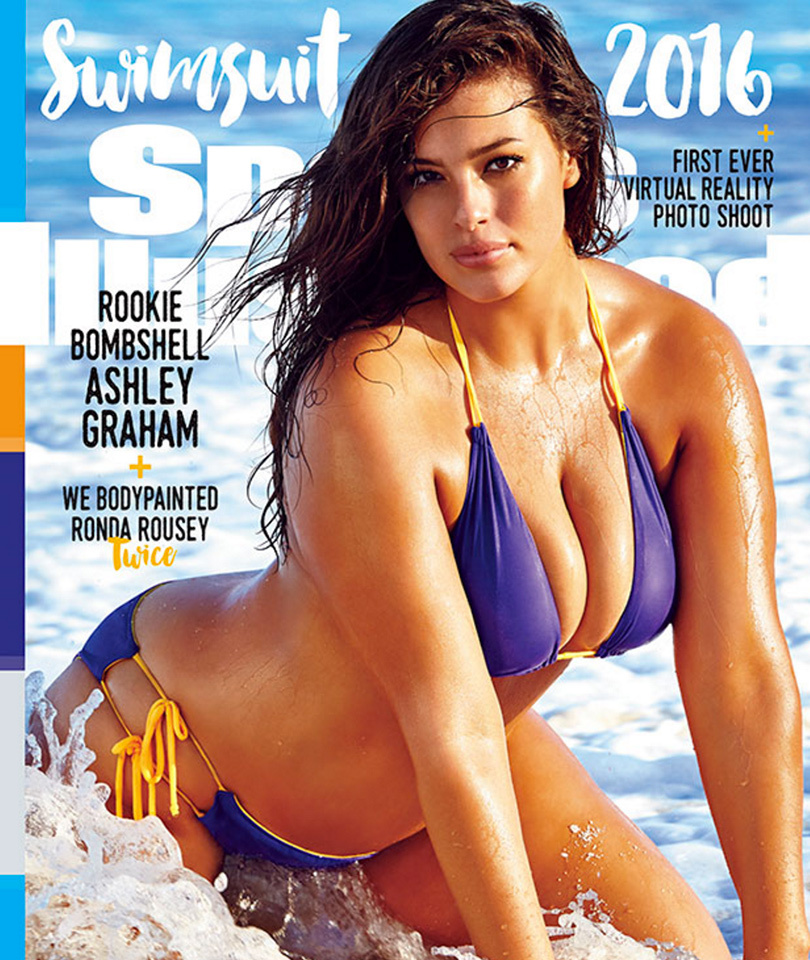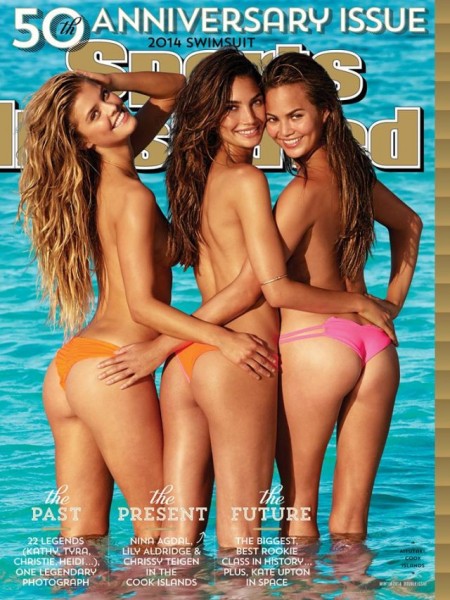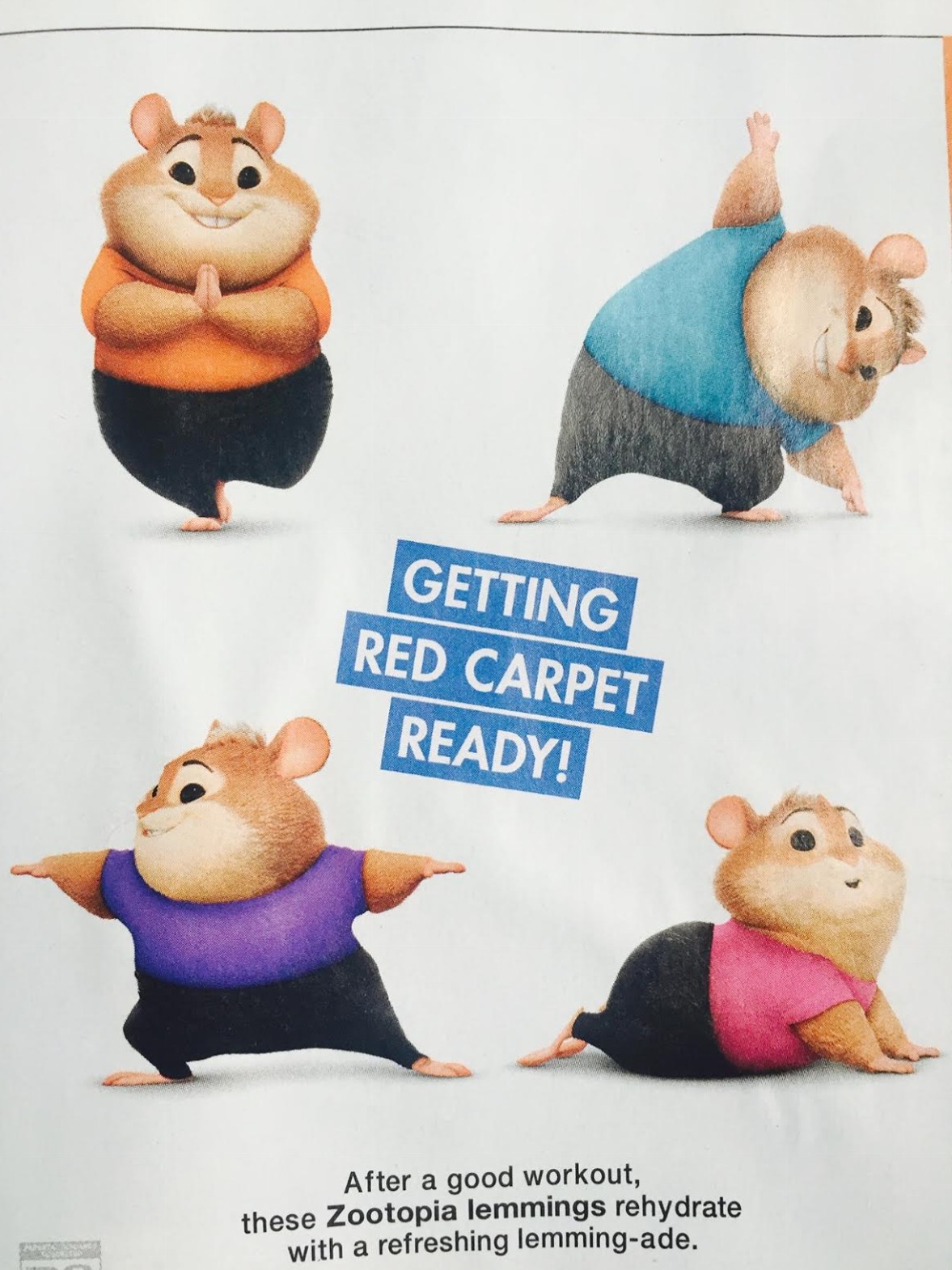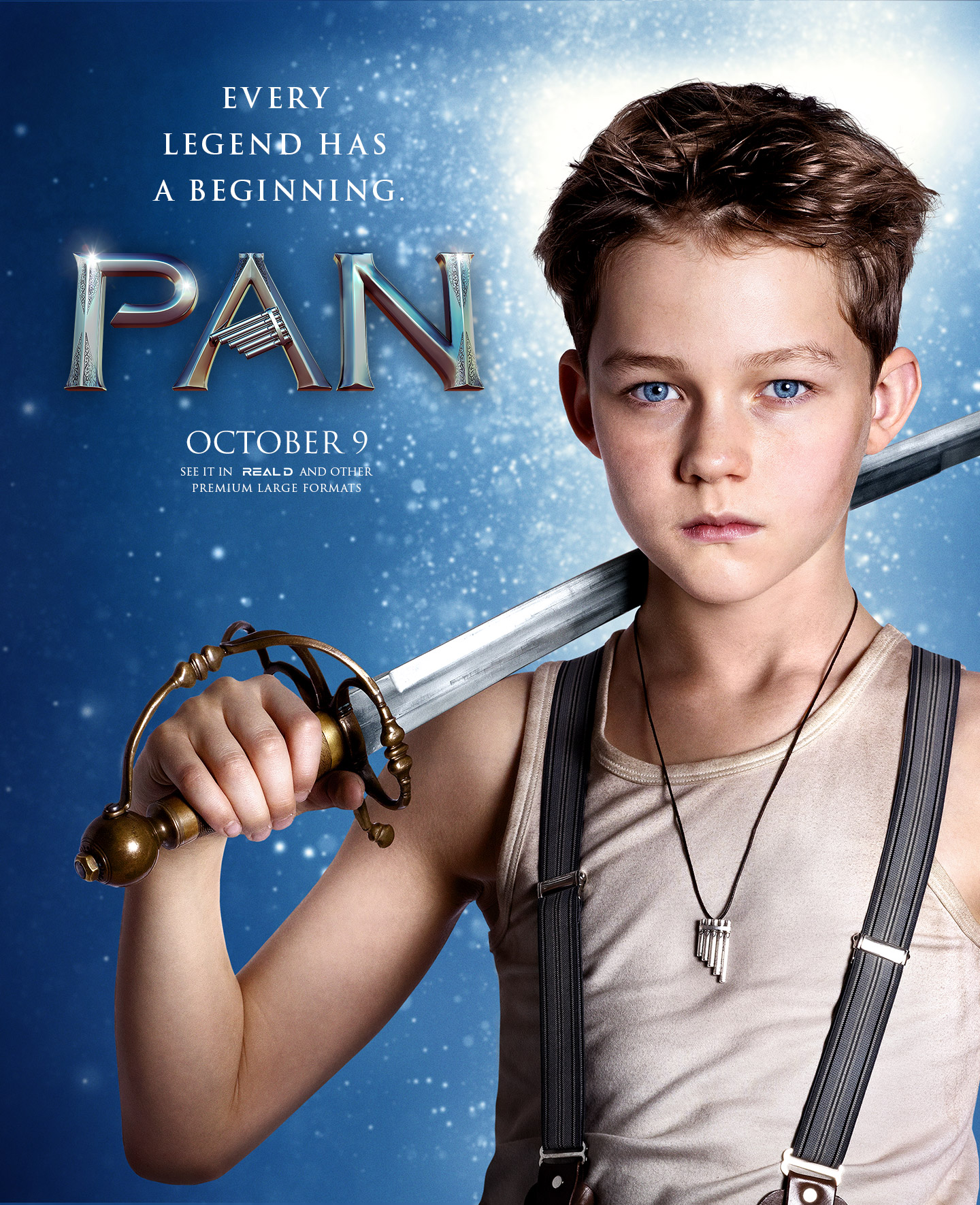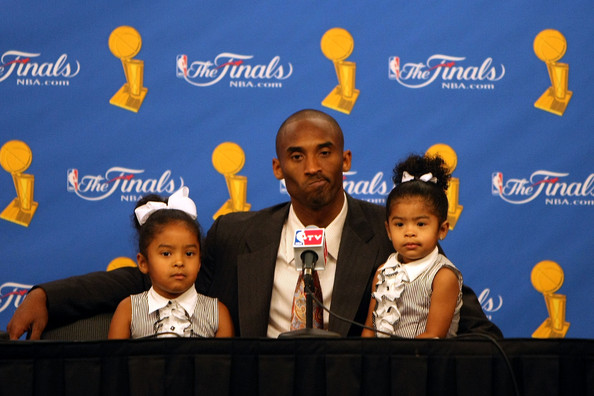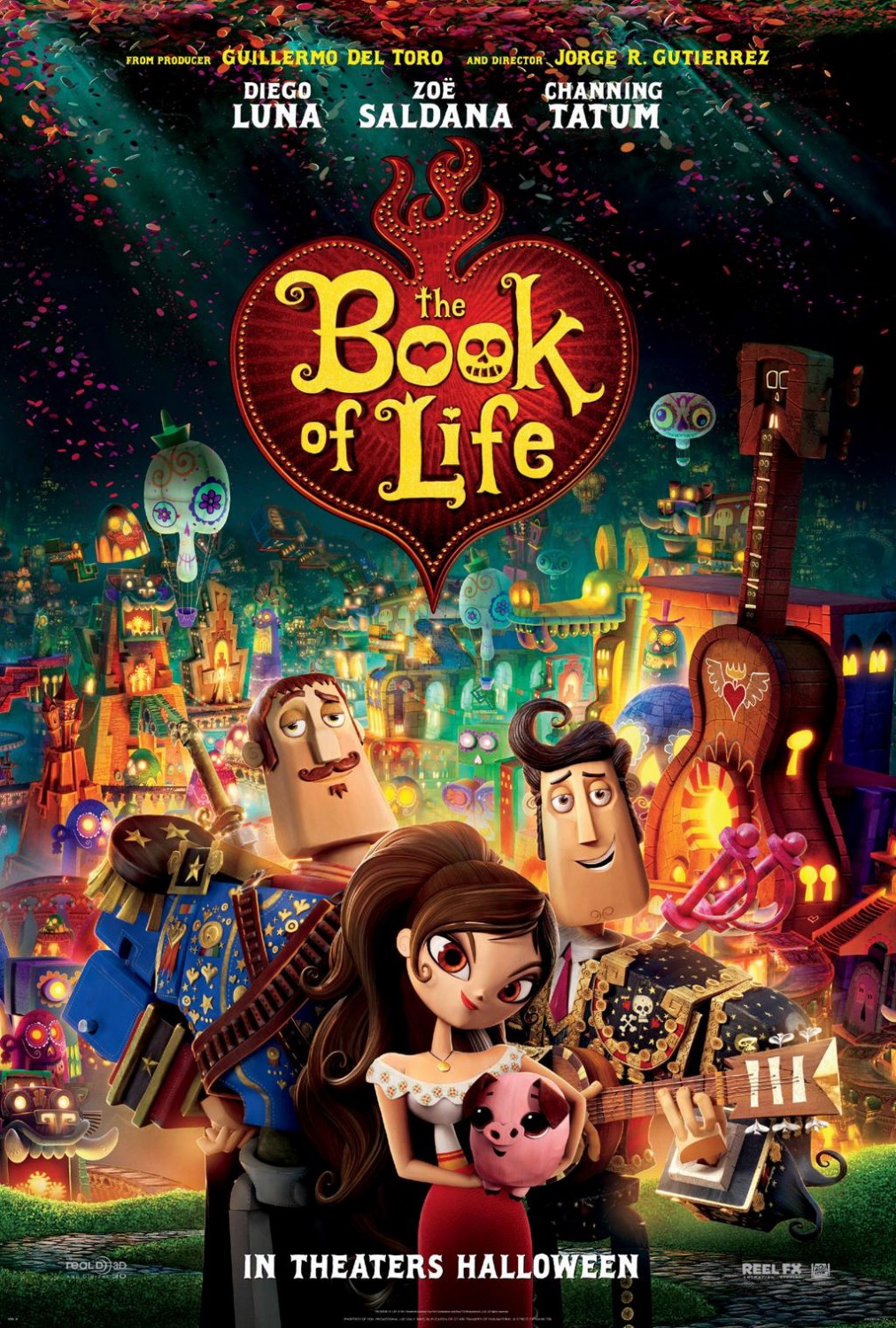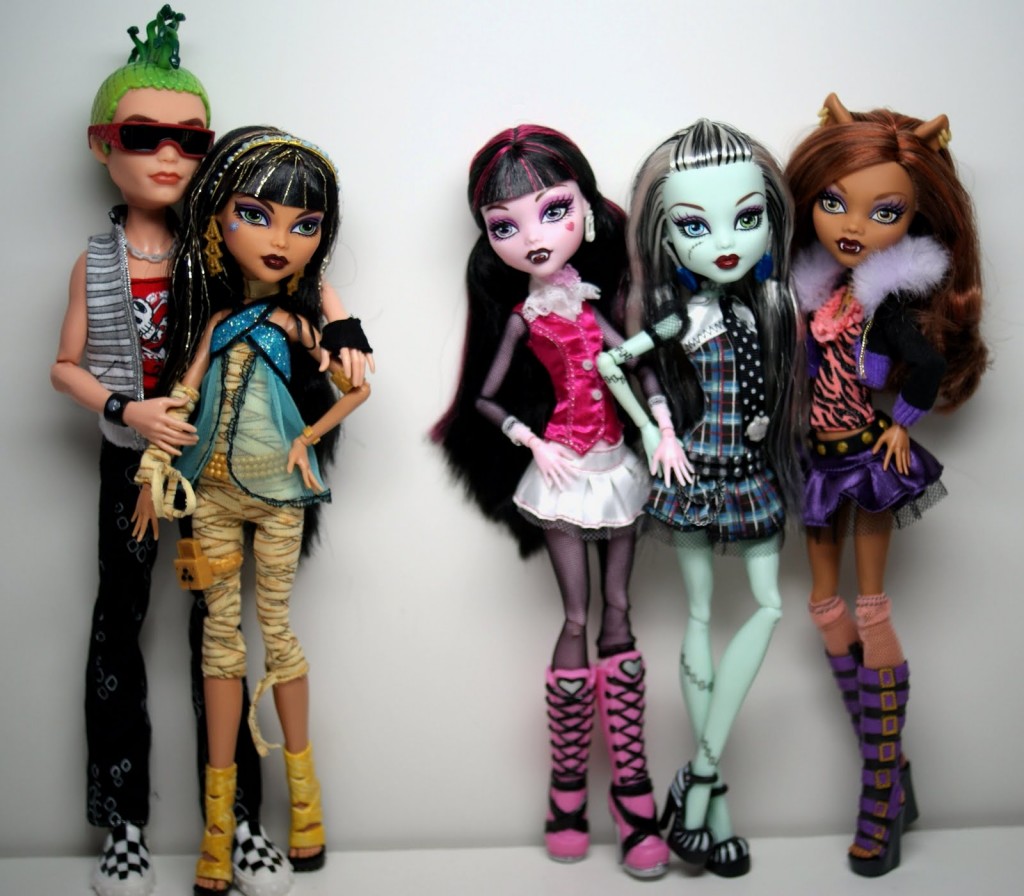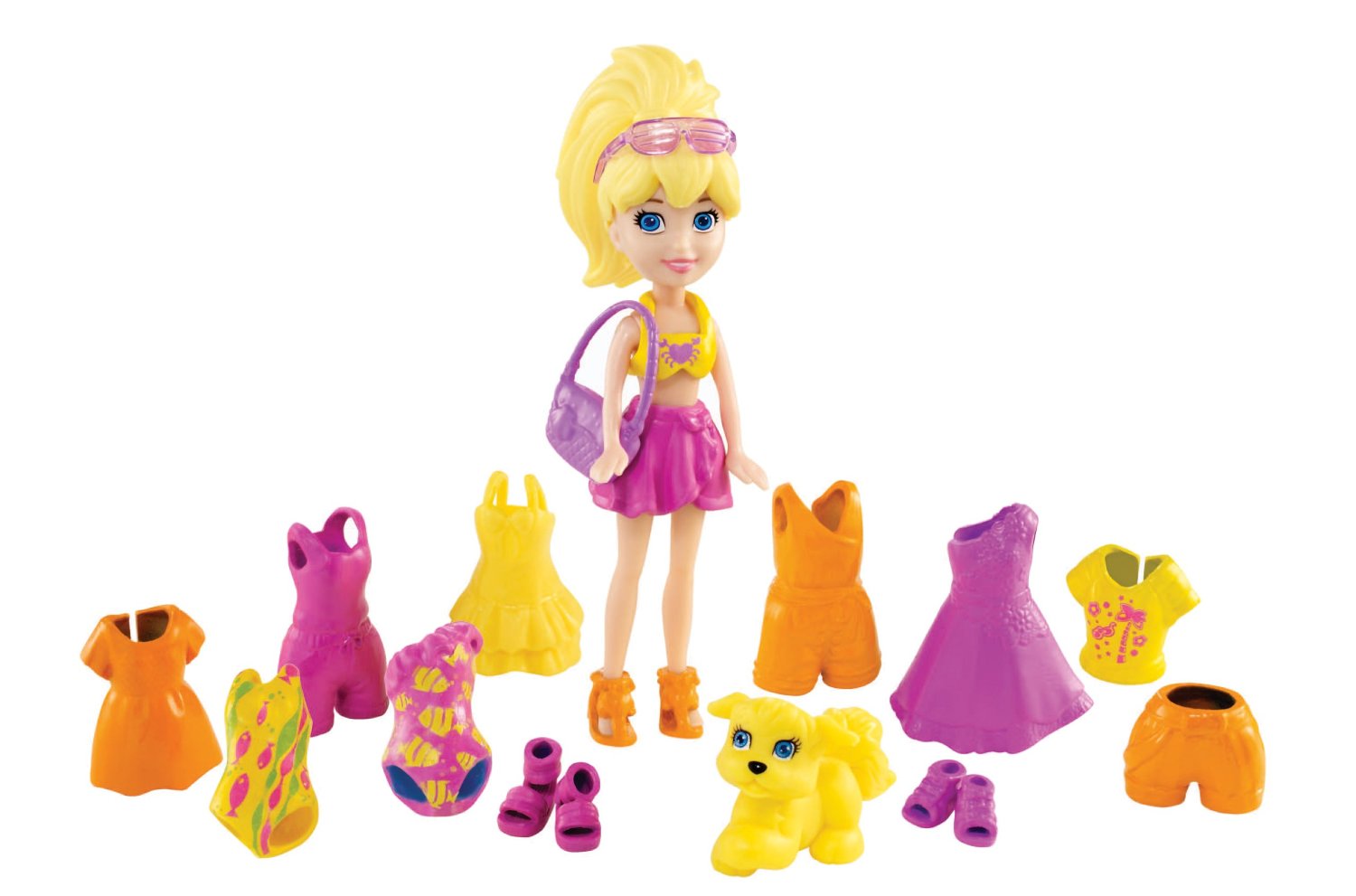I support Hillary Clinton for president.
I also supported her when she ran against Obama.
I post about gender and power on my Facebook page, and every time I put up a post about Hillary and gender, I lose fans. I’ve always supported open discussion on my site and on my blog. I get why people are voting for Bernie, but I’m blogging now about the shaming and vitriol aimed at me when I express my support for Hillary. This happens, by the way, not just on the internet but in the real world. Most people I know are voting for Bernie. I’m told, in multiple ways, that I’m not hip, I’m not cool, I’m too privileged to see the light.
I just posted on Reel Girl’s Facebook page: It Is OK to Care About Gender on the Ballot on by Jessica Valenti in the Guardian, written a month ago, but I love the post.The quote I titled my blog with is in it. Here’s the typical comment I get:
Pfft. Not when she represents things that I’m completely against. I’m not just a woman, I’m a cis, queer, Latina born and raised from low SES. The women I’ve heard that support Hillary just because she’s a women are white women who have not faced an iota that trans women, woc, poor women, queer women, or disabled women have faced. At least vote because she’s going to make our life better. Privilage baiting Reel Girl
Reel Girl: I read this post, as I wrote in comments above, not about Bernie supporters but about not shaming Hillary supporters
When Bernie was asked about Killer Mike’s comment that a uterus doesn’t qualify someone to be president, he told the AP:
“No one has ever heard me say, ‘Hey guys, let’s stand together, vote for a man.’ I would never do that, never have,” Sanders said. “I think in a presidential race, we look at what a candidate stands for and we vote for the candidate we think can best serve our country.”
Huh? Of course no one would say, “Hey guys, let’s stand together and vote for a man.” That’s just the assumption, a man is the default position. That Bernie would make that analogy shows me, once again, why I want a woman president. Would I vote for Sarah Palin or Condoleezza Rice or Michelle Bachmann because they are women? No, of course not. I would vote for a woman who supports reproductive rights and women’s rights. Yes, I want a woman president. I don’t think women are better than men, more ethical than men, kinder, more emotional, or any of that bullshit. I still want there to be a woman who supports women’s rights to hold the highest office. I believe Hillary Clinton will make the world a better place for women and therefore men, as ultimately, we’re all connected and losing half the human race is missing out on a huge, untapped resource.
Rebecca Traister wrote a great post about Hillary and Bernie, saying that no one likes to hear a woman yelling about revolution. No one likes an angry woman either. Or disheveled. Women are supposed to be the hard workers in the background, not the ones upfront.
As I wrote on Reel Girl’s Facebook page, I will continue to post about Hillary and gender. I’ve never posted or written based on how many fans I’ll attract, and I’m not starting now. I post about what I believe in and what makes me, and hopefully you, think. I believe people can passionately disagree on issues, but though I have a blog and write about controversial topics, I’m not someone who argues for the sake of arguing. I don’t have the time or energy to debate for entertainment. I’m busy, like we all are so I’m kind of shocked and amazed by how people I know personally and people I don’t try to pick fights and shame me for voting for Hillary. If you’re a Bernie supporter or a Hillary supporter, I’d love you to stay, but If you prefer not to see posts about Hillary and gender, this is probably not the blog or the Facebook page for you.
Margot



